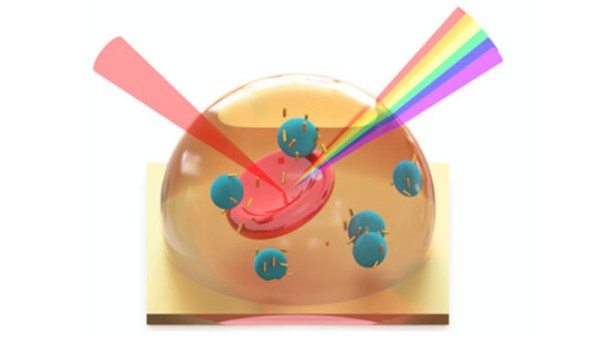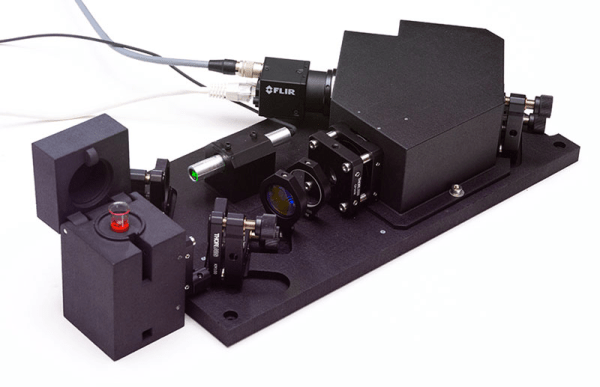Rapidly analyzing samples for the presence of bacteria and similar organic structures is generally quite a time-intensive process, with often the requirement of a cell culture being developed. Proposed by Fareeha Safir and colleagues in Nano Letters is a method to use an acoustic droplet printer combined with Raman spectroscopy. Advantages of this method are a high throughput, which could make analysis of samples at sewage installations, hospitals and laboratories significantly faster.
Raman spectroscopy works on the principle of Raman scattering, which is the inelastic scattering of photons by matter, causing a distinct pattern in the thus scattered light. By starting with a pure light source (that is, a laser), the relatively weak Raman scattering can be captured and the laser light filtered out. The thus captured signal can be analyzed and matched with known pathogens. Continue reading “Combining Acoustic Bioprinting With Raman Spectroscopy For High-Throughput Identification Of Bacteria”












